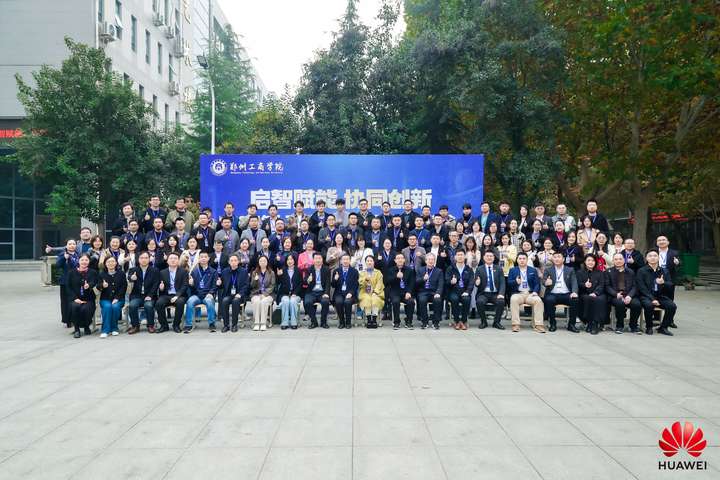移动端整体布局-解决ios下fixed定位抖动的问题
原文地址:http://www.w3cplus.com/mobile/mobile-terminal-refactoring-mobile-layout.html一般来说,header和footer部分都为fixed定位,中间的内容区域可滚动。fixed布局常规的结构如下:header class="header fixed-top">header>div c

一般来说,header和footer部分都为fixed定位,中间的内容区域可滚动。
fixed布局
常规的结构如下:
<header class="header fixed-top"></header>
<div class="wrap-page">
<section class="page"></section>
<section class="page"></section>
...
</div>
<footer class="footer fixed-bottom"></footer>
因为移动端单页面特性,所以每个page为一个页面,然后整体使用wrap-page包裹。考虑到可滚动的为page内容,所以我们得给wrap-page一个具体的高度,然后使用原生的-webkit-overflow-scrolling:touch;来实现滚动,当然对于不支持的,也可以使用iscroll来兼容,而iscroll同样也需要一个固定高度的容器来包裹可滚动的内容。
* {
-webkit-box-sizing: border-box;
-moz-box-sizing: border-box;
box-sizing: border-box;
}
html, body, .wrap-page {
height: 100%;
}
.wrap-page {
-webkit-overflow-scrolling: touch;
}
.fixed-top {
position: fixed;
left: 0;
right: 0;
top: 0;
z-index: 960;
}
.fixed-bottom {
position: fixed;
left: 0;
right: 0;
bottom: 0;
z-index: 940;
}
虽然header和footer部分采用了fixed定位,脱离了文档流,但还是会挡住下面的内容,所以有必要对wrap-page设置上下的padding间隔,以防止header和footer遮挡page内容(假设header和footer高度各为44px):
.wrap-page {
padding-top: 44px;
padding-bottom: 44px;
}
看起来不错,不过如果碰到有些页面有header和footer,而有些页面只有header,而有些甚至有两个header部分,这么一刀切的方法显然不合适。按照这个结构只好通过js来给wrap-page添加不同的class来设置上下的padding。下面我们说下另一种用css就能解决的方法。
优化结构
这次我们把footer提到wrap-page上面,然后采用兄弟选择器,就可以解决刚才那个padding问题,ratchet就是采用该方法(经反馈,一些国产的安卓机对兄弟元素选择器支持不太好,所以这个方案适合高上大的玩,更新时间:2014-07-03)
<header class="header fixed-top"></header>
<footer class="footer fixed-bottom"></footer>
<div class="wrap-page">
<section class="page"></section>
<section class="page"></section>
...
</div>
这样我们就可以采用兄弟选择器,设置上下的padding:
.header ~ .wrap-page {
padding-top: 44px;
}
.footer ~ .wrap-page {
padding-bottom: 44px;
}
同样如果有二层header部分(如搜索框):
<header class="header fixed-top"></header>
<section class="header-sub"></section>
<footer class="footer fixed-bottom"></footer>
<div class="wrap-page">
<section class="page"></section>
<section class="page"></section>
...
</div>
还是采用兄弟选择器,将wrap-page的padding-top设置为header的高度加上header-sub的高度:
.header-sub ~ .wrap-page {
padding-top: 88px;
}
看起来不错,再也不用通过js来判断对wrap-page增删class了。
不过这个也同样有个问题,为了说明这个问题,我们还是回到移动端单页面特性这个上面,我们的页面是通过page的形式添加到wrap-page这个包裹上的,每次只显示一个而已。
<div class="wrap-page">
<section class="page"></section>
<section class="page" style="display:none;"></section>
<section class="page" style="display:none;"></section>
...
</div>
当然每个页面不可能只有content部分,也会有header和footer,不同页面存在不同的header或footer这是绝对可能的。那么如果header和footer部分也通过这种显示隐藏的方式来搞呢?
如:我们从一个有header和footer的页面,切换到一个只有header的页面,且header改变,就会成为下面这样:
<header class="header fixed-top" style="display:none;"></header>
<header class="header fixed-top"></header>
<footer class="footer fixed-bottom" style="display:none;"></footer>
这样虽然footer隐藏了,但是对于下面这条样式同样还是会解析生效,wrap-page会有44px的padding-bottom
.footer ~ .wrap-page {
padding-bottom: 44px;
}
所以如果我们采用这种布局,header和footer绝对不能采用显示显示隐藏的方式来搞,而应该采用替换形式,没有则删除。具体可以参考ratchet的实现方式
绝对定位布局
直接参考demo,关键在于设置wrap-page的top,bottom的距离为header和footer的高度。
css代码如下:
.header,.footer,.wrap-page{
position:absolute;
left:0;
right:0;
}
.header,.footer{
height:44px;
background-color: #fff;
text-align: center;
z-index:900;
line-height:44px;
}
.header{
top: 0;
border-bottom: 1px solid #f00;
}
.footer{
bottom: 0;
border-top: 1px solid #f00;
}
.wrap-page{
top: 44px;
bottom: 44px;
overflow-y:auto;
-webkit-overflow-scrolling:touch;
}
.page{
padding: 10px;
}
.page p{
margin-bottom: 10px;
}这个布局的缺陷在于滚动的时候地址栏不隐藏,safari浏览器可以通过下面js代码来隐藏地址栏,其他浏览器经测试不可以
window.addEventListener('load', function(){
setTimeout(function(){ window.scrollTo(0, 1); }, 100);
});
如果你实在要除掉浏览器的地址栏和工具栏,可以设置meta标签为应用模式,参考新建空白页面的其他meta部分
<!-- UC应用模式 -->
<meta name="browsermode" content="application">
<!-- QQ应用模式 -->
<meta name="x5-page-mode" content="app">
flex布局
可以通过这个简单的demo来测试:flex layout demo
设置body为flex布局,方向为垂直方向,wrap-page的flex为1。这个跟上面的绝对定位一样,还是滚动的时候地址栏不隐藏,safari同样可以通过js来搞定,其他浏览器不可以
body {
display: -webkit-box;
display: -ms-flexbox;
display: -webkit-flex;
display: flex;
-webkit-box-orient: vertical;
-ms-flex-direction: column;
-webkit-flex-direction: column;
flex-direction: column;
}
.wrap-page {
-webkit-box-flex: 1;
-ms-flex: 1;
-webkit-flex: 1;
flex: 1;
}
.header,.footer{
height:44px;
background-color: #fff;
text-align: center;
line-height:44px;
position:relative;
z-index:990;
}
.header{
border-bottom: 1px solid #f00;
}
.footer{
border-top: 1px solid #f00;
}
.wrap-page{
overflow-y:auto;
-webkit-overflow-scrolling:touch;
}
.page{
padding: 10px;
}
.page p{
margin-bottom: 10px;
}总结
因为fixed定位,滚动的时候bug太多,特别是有表单元素的时候得慎用;而flex布局兼容方面有一定问题,好像性能也不是很好,况且如果是在body下面直接布局的话,只有上中下这几个元素还好,如果再添加上弹窗,panel什么的子元素搞不好还有问题得深入;所以选择绝对定位相对来说还是比较靠谱的。而优化的元素位置关系,因为国产的安卓手机太多,有些还不太支持,再加上隐藏的元素选择器还有效,所以暂时不考虑。
最后我们一般采用常规结构的绝对定位来布局。
延伸阅读
▶ Walkthrough007
更多推荐
 已为社区贡献2条内容
已为社区贡献2条内容









所有评论(0)